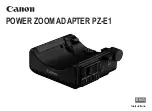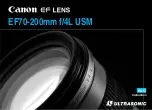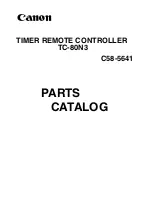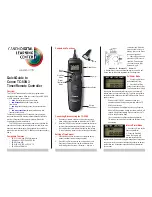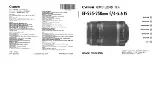
34
DOS
Disk Operating System. This is basic software that allows you to load and use software
applications on your computer.
EEPROM
Electrically Erasable Programmable Read-Only Memory. An on-board non-volatile memory
chip. See
NVM
.
Flash Disk
Non-volatile memory for storing application and configuration files.
Host
A computer that serves other terminals in a network, providing services such as network
control, database access, special programs, supervisory programs, or programming
languages.
Liquid Crystal Display (LCD)
A display that uses liquid crystal sealed between two glass plates. The crystals are excited
by precise electrical charges, causing them to reflect light outside according to their bias.
They use little electricity and react relatively quickly. They require external light to reflect their
information to the user.
Light Emitting Diode (LED)
A low power electronic light source commonly used as an indicator light. It uses less power
than an incandescent light bulb but more than a Liquid Crystal Display (LCD).
RAM
Random Access Memory. Data in RAM can be accessed in random order, and quickly
written and read.
RF
Radio Frequency.
RTC
Real Time Clock.
Terminal
A Datalogic portable computer product.
Terminal IP Address
The terminal’s network address. Networks use IP addresses to determine where to send
data that is being transmitted over a network. An IP address is a 32-bit number referred to as
a series of 8-bit numbers in decimal dot notation
(e.g
., 130.24.34.03). The highest 8-bit
number you can use is 254.
Transmission Control Protocol/Internet Protocol (TCP/IP)
A suite of standard network protocols that were originally used in UNIX environments but are
now used in many others. The TCP governs sequenced data; the IP governs packet
forwarding. TCP/IP is the primary protocol that defines the Internet.
Vacuum Fluorescence Display (VFD)
In a VFD apparatus, electrons accelerating within a metal grid net with positive charge strike
anode's fluorescent powder making it shine.



















